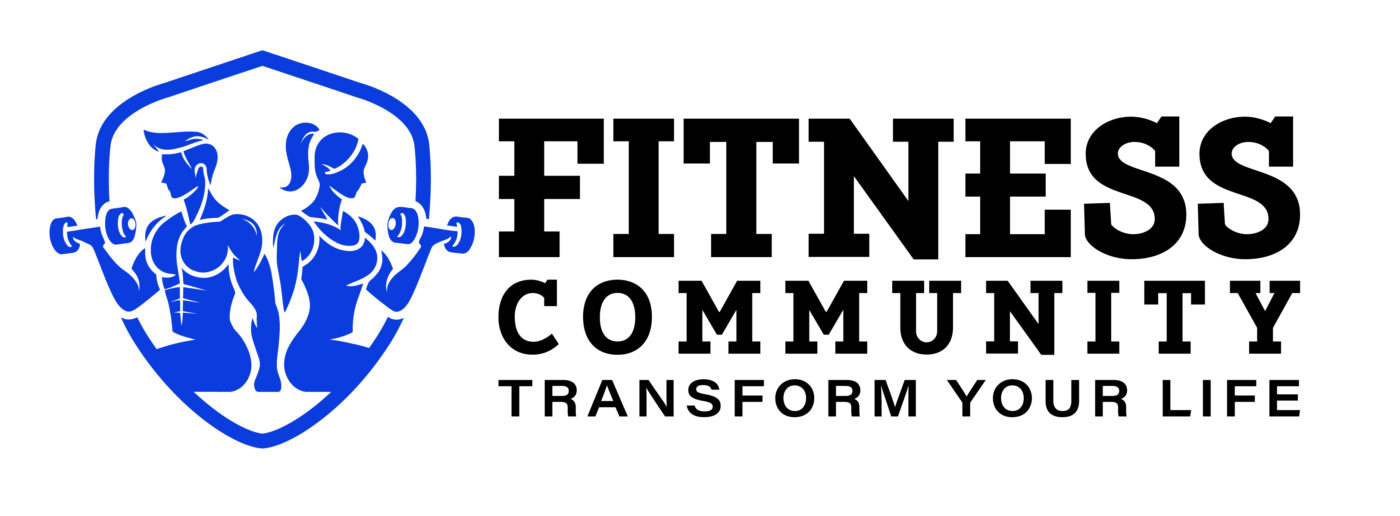HEALTH CONDITIONS AND REMEDIES
Yoga: A Holistic Approach to Pain Relief
Yoga, a practice that combines breath control, meditation, and movements to stretch and strengthen muscles, has been embraced for thousands of years as a mind-body and exercise discipline. What sets yoga apart from other exercise programs is its equal emphasis on mental fitness alongside physical fitness.
With various types of yoga developed over time, the most popular form practiced in the United States is hatha yoga, which offers numerous variations. One of the remarkable benefits of yoga is its potential to alleviate chronic pain in conditions like arthritis, fibromyalgia, migraine, and low back pain, among others.
A study published in the Annals of Internal Medicine demonstrated that among 313 individuals with chronic low back pain, those who attended a weekly yoga class experienced improved mobility compared to those who received standard medical care for the condition. Concurrently, another study revealed that yoga was as effective as standard exercise therapy in relieving chronic low back pain.
Furthermore, a meta-analysis of 17 studies encompassing over 1,600 participants concluded that practicing yoga can enhance daily function in individuals with conditions like fibromyalgia and osteoporosis-related curvature of the spine. Additionally, yoga was found to contribute positively to mood and psychosocial well-being.
A typical yoga session usually lasts between 45 to 90 minutes. However, even practicing yoga at home for just 10 to 20 minutes a few times a week can yield benefits. For those seeking guidance, there are various video recordings available with yoga instruction.
Typically, a yoga session begins with breathing exercises to induce relaxation and clear the mind of worries and distractions. Proper breathing through the nose is a crucial aspect of yoga. The session then progresses through a series of seated, standing, and prone yoga postures, known as asanas. Some asanas are held for a few seconds to minutes, focusing on correct body alignment and gentle stretching while being attentive to the body’s limits. It is essential not to push the body beyond its comfort level and to stop immediately if any pain is felt. The session typically concludes with additional breathing exercises and meditation.
Moreover, yoga postures can be modified to accommodate individual strength, experience, and specific health conditions. For instance, people with multiple sclerosis may perform yoga on a chair instead of the floor. It is vital to communicate any health limitations to the instructor, as they can provide guidance on suitable modifications and advise against positions that may worsen existing pain. Embracing yoga’s holistic approach can be a transformative path to pain relief and overall well-being.

